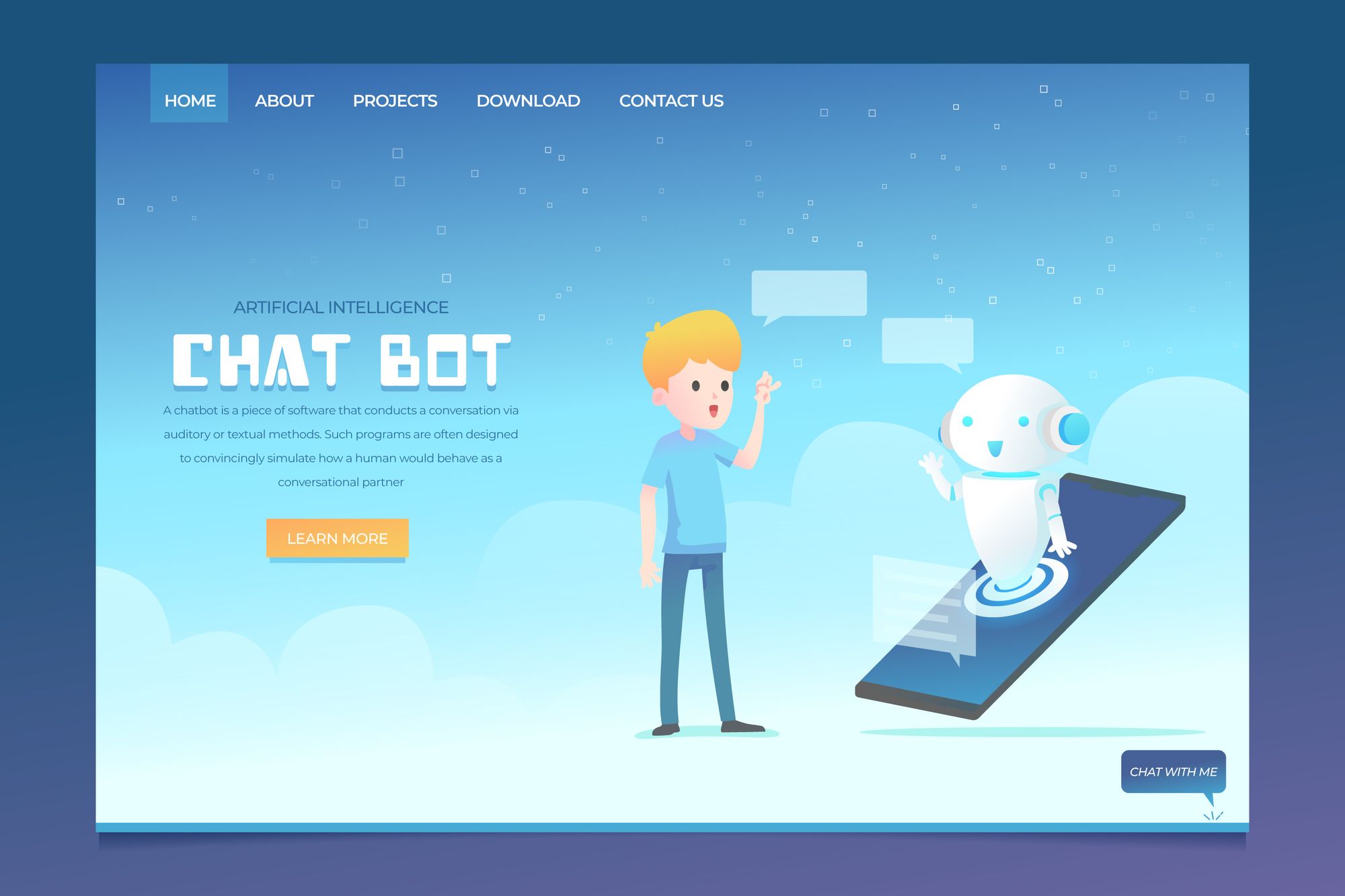Exploring the Benefits of AI Chatbots and Text Generation Tools

Understanding AI and Productivity Tools
In today's fast-paced work environment, getting more done in less time is crucial. This is where Artificial Intelligence (AI) tools come in handy. They help to boost productivity in many ways. This article will talk about how AI tools like text generation tools and AI chatbots can make a big difference in your work. We'll explain what these terms mean, how to use these tools, and how to make them work best for your needs.
Understanding Text Generation Tools
Text generation tools use AI algorithms to create written content automatically. These tools can draft emails, reports, and other documents, saving significant time for businesses and individuals. By automating repetitive writing tasks, employees can focus on more important and strategic projects.
These tools utilize advanced natural language processing (NLP) to understand and generate human-like text. NLP ensures that the content produced is coherent and relevant to the context. This technology is constantly improving, with newer models achieving better accuracy and fluency in text generation.
By customizing outputs based on user inputs, text generation tools can be tailored to meet specific business needs. Users can input key information or set parameters to guide the tool in producing desired content. This flexibility makes these tools applicable across various industries, from marketing to customer support.
Leveraging text generation tools can significantly reduce the burden on employees. As these tools handle routine writing tasks, employees have more time to engage in creative and strategic thinking. According to a study by McKinsey, automation can save up to 30% of time spent on office tasks, highlighting the potential efficiency gains.

AI Chatbots in Customer Service
AI chatbots are transforming customer service by simulating human conversation effectively. They are available 24/7, which means they can address customer queries at any time, leading to better customer satisfaction. According to a study by Gartner, by 2022, 70% of customer interactions will involve technology like chatbots.
These chatbots handle high volumes of inquiries at once, reducing wait times for customers. This efficiency allows human agents to focus on more complex issues that require personal attention. For example, Juniper Research found that chatbots could save businesses over $8 billion annually by 2022.
As chatbots interact with customers, they learn and improve their responses. This ability to learn means they can provide more accurate and personalized solutions over time. A report from Salesforce noted that 64% of agents who use AI chatbots are able to spend most of their time solving difficult problems.
Integrating AI Tools into Your Workflow
For successful integration of AI tools, plan strategically and consider your current workflows. First, identify repetitive tasks that could benefit from automation. Tasks like data entry or initial customer interactions are good candidates. Automating these can save time and reduce errors, allowing employees to focus on more complex tasks.

Want to unlock the power of AI workflows today? Asa is preparing to launch customized workflow solutions that will revolutionize your productivity! Stay tuned as we're getting ready to help you achieve more with less effort.
Training employees is important for using AI tools effectively. They should understand what the tools can and cannot do. This knowledge helps them work alongside AI and make better decisions. It also reduces resistance to new technology by demonstrating its benefits.
Regular updates to AI tools are necessary to keep them efficient. Developers often release new features and improvements. Updating ensures that tools remain effective and competitive. This practice maximizes the return on investment by maintaining high productivity levels.
Finally, monitor how AI impacts your productivity metrics. This helps you assess if the integration is beneficial. If the metrics improve, it indicates a good return on investment. Constant assessment ensures that the AI tools continue to meet your business needs.
According to a report by McKinsey, companies that successfully integrate AI can improve their productivity by up to 40%. This shows the potential benefits of AI when used correctly.
Overcoming Challenges and Concerns
AI tools bring many benefits, but also some challenges. One common issue is that workers may resist using AI. To overcome this, involve employees in the AI implementation process. Provide thorough training to help them feel comfortable and confident using new technology. This can lead to smoother transitions and increased productivity.
Data privacy and security are other important concerns. AI tools often handle sensitive information, so it's crucial to have strong security measures in place. Consider using encryption and regular security audits to protect data from unauthorized access. Following these steps can help build trust with both employees and customers.
Transparency about AI usage is essential. Customers may worry about interacting with AI-driven processes. Be open about how AI is used in your organization. Address any concerns they may have promptly. This can improve customer satisfaction and loyalty.
All in all, consider the ethical implications of AI tools. Regularly evaluate their impact on your workplace. Make sure AI is used responsibly and aligns with your company's values. This ongoing assessment can help ensure AI benefits everyone involved.
Boosting Workplace Productivity with AI Tools
Integrating AI tools, such as text generation tools and AI chatbots, can greatly enhance workplace productivity. These tools automate routine tasks, allowing employees to focus on more complex and creative work. For example, AI chatbots can handle customer inquiries, reducing the workload on human staff and improving response times. According to a study by McKinsey, AI can increase productivity by up to 40% in certain industries.
Businesses can also allocate resources more efficiently with AI. By using AI to analyze data, companies can make better decisions about where to invest time and money. AI tools can identify patterns and trends that may not be immediately obvious to humans. This helps businesses to optimize their operations and offer better services to customers. The International Data Corporation (IDC) predicts that global spending on AI systems will reach $154 billion by 2023.
However, integrating AI requires thoughtful consideration to ensure it benefits everyone involved. Employees may need training to adapt to new technologies, and customers should have easy access to human support when necessary. It's essential to address potential challenges, such as data privacy and security, to maintain trust. As AI technology develops, staying informed and adaptable will be crucial for businesses looking to maximize its potential.

